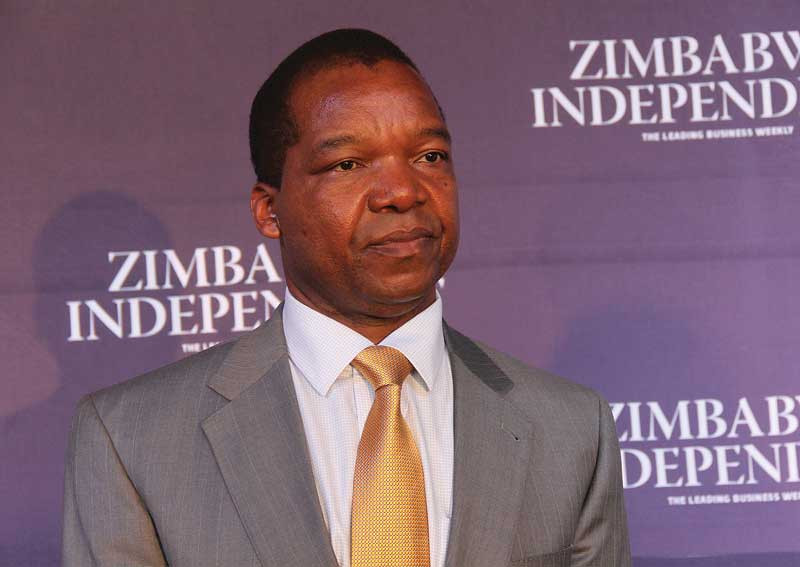
ZIMBABWE’S manufacturing industry said this week a cluster of measures so far implemented to calm volatile markets might end in jeopardy unless corresponding efforts were made to tackle potentially devastating inflation-inducing money supply growth.
In a report titled “Inflation and Currency Developments Report”, the Confederation of Zimbabwe Industries (CZI) said factors with the power to precipitate money supply growth ranged from profligacy as the government prepares for the 2023 polls and higher spending to fund the 2022/2023 farming season.
Firefighting authorities have battled to arrest rampaging inflation and a volatile Zimbabwe dollar since the government pushed through bolder monetary policy reforms in 2009, bringing back the local unit as the main medium of exchange, following a decade of trade in a multicurrency regime.
Following a protracted rage that ended with a witchhunt at the end of last year, and serious cutbacks to government spending this year, the annual inflation rate slowed to 268% this month, after hitting 285% in August.
Significant inroads have also been made in stemming the month-on-month inflation rate. Reserve Bank of Zimbabwe governor John Mangudya also assumed control of the inflation trajectory after releasing US$3 billion worth of gold coins in August, which gave impetus to his hawkish monetary policy stance, mopping up excess liquidity and helping cool off volatilities that had dogged the domestic currency for many months.
But in a new report, the CZI appeared to say corresponding efforts were vital to maintain liquidity at viable levels.
“The taming of inflation as well as the sustenance of stability over the past two months has generally shown that the greatest threat to stability is excess liquidity,” the CZI said.
“The responsiveness of the parallel market to tightening of liquidity also shows that the parallel market behaviour is largely responsive to liquidity conditions in the economy, as reflected by the growth in money supply,” CZI said.
- Mthuli Ncube abandons struggling consumers
- Fears of jobs carnage as crisis deepens
- Fresh warning over bank rate hikes
- Police admit that money changers are untouchable
Keep Reading
“This means that the threat to stability are the liquidity pressures that would be expected going forward,” the CZI said.
The upcoming agriculture season, for example, will require the government to support farmers through the various schemes in existence. There is potential for the creation of excess liquidity which can feed the growth of money supply, if payments are not carefully calibrated,” the CZI added.
“The ability to crowd in the private sector as well as general ability to fund agriculture in a non-inflationary manner will determine the inflation trajectory in the coming months. The upcoming 2023 harmonised elections also have the potential to be a source of money supply growth unless elections are funded from the budget and payments are also carefully calibrated so as not to upset the market,” it said.
Speaking during last week’s CEO Africa Round Table annual conference in Victoria Falls, Africa Economic Development Strategies executive director Gift Mugano warned that the proposed budget and plans to woo voters would threaten stability.
“With this new budget, with about ZWL$1,22 trillion budget which will be distributed to government service providers, one can only expect the exchange rate to run away,” he said.
“Command agriculture and pfumvudza, the proposal by the Ministry of Lands, Agriculture, Water, Fisheries, Climate and Rural Development to increase households on government agricultural support schemes from 1,8 million to 3,5 million will result in massive exchange rate spikes as service providers will have an enlarged envelope to use in the parallel market,” Mugano added.











